We took the right turn from the Siliguri More of Raiganj and teetered on the erstwhile NH 34 searching for the Raiganj Wildlife Sanctuary, or more popularly, the Kulik Bird Sanctuary. A few meters after, the dusty roads with shanty car repair shops gave way to sylvan lanes sheltered with tall trees. No Google Map is needed here; one look at the sky, and we knew we have reached the destination. The sky was overcast with hundreds and thousands of birds flying, and the gate of Kulik was soon in sight.
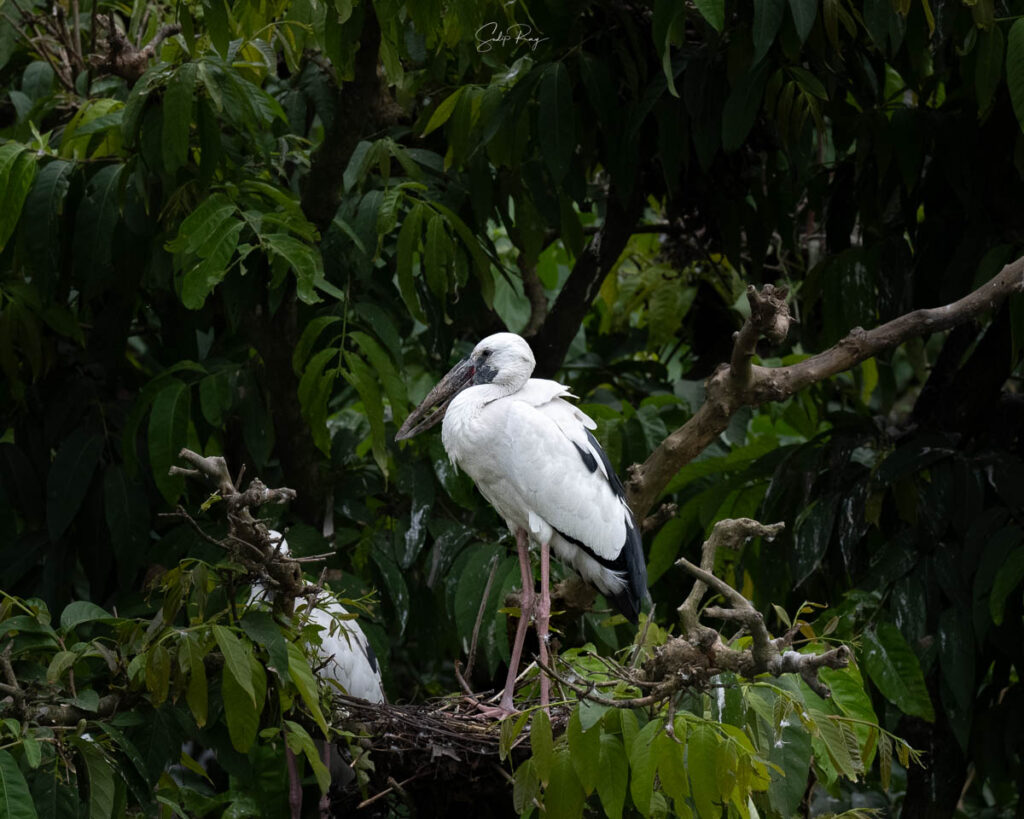
As we entered the Sanctuary armed with the tickets, we were elated to see innumerable birds perched on the treetops. Soon, we were standing at the top of a watchtower and the view before us blew our minds. As far as the eyes could see, the treetops were packed with numerous Asian Open-Bill Storks. It is the nesting period of the birds, and like other years, they have flocked to Kulik to lay eggs.
From the watchtower, we could clearly see the birds, most of whom were busy either in housekeeping or romancing or simply, incubating the eggs. Some were flying away in search of food, while others flew in with twigs for building nests. The birds were indifferent to the human onlookers and continued with their daily chores. The sight before us was truly extraordinary.

Table of Contents
Where is Kulik Bird Sanctuary located:
It is located on the outskirts of Raiganj town of Uttar Dinajpur district of West Bengal. The Bird Sanctuary lies at a distance of 400 km from Kolkata and 176 km from Siliguri.

About Kulik Bird Sanctuary:
The Kulik Bird Sanctuary roughly covers an area of 1.30 square km. It is shaped like the English alphabet ‘U’ and interspersed with a few artificial canals which link the sanctuary with the Kulik River.

Often billed as one of the largest bird sanctuaries in Asia, Kulik is home to as many as 164 species of birds. Every year, it also provides refuge to more than 100,000 migratory birds. A haven for birdwatchers, you can spot Kites, Kingfishers, Flycatchers, Owls, Drongos, Woodpeckers, Doves, Asian Open-Bill Storks, Egrets, Night Herons, Cormorants, and so on.

Apart from birds, the sanctuary is also home to a wide range of flora and fauna. The forest is made up of dry deciduous types of vegetation, mostly comprising Jarul, Kadam, Shimul, Shishu, Arjun, and Eucalyptus. Also, you can notice various insects. Different butterflies, such as the Common Jezebel, are also found here.
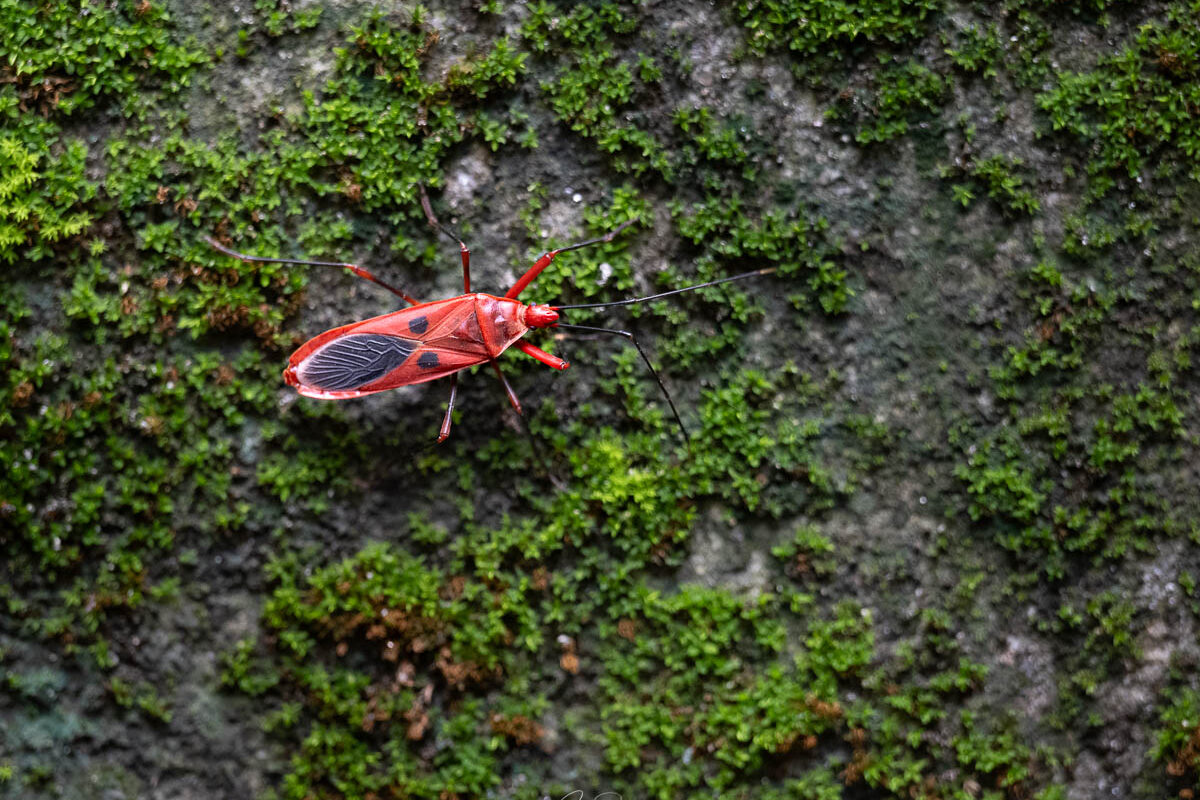
But, above all, the significance of the Kulik Bird Sanctuary lies in the fact that it is one of the most important heronries in India as well as in Asia.
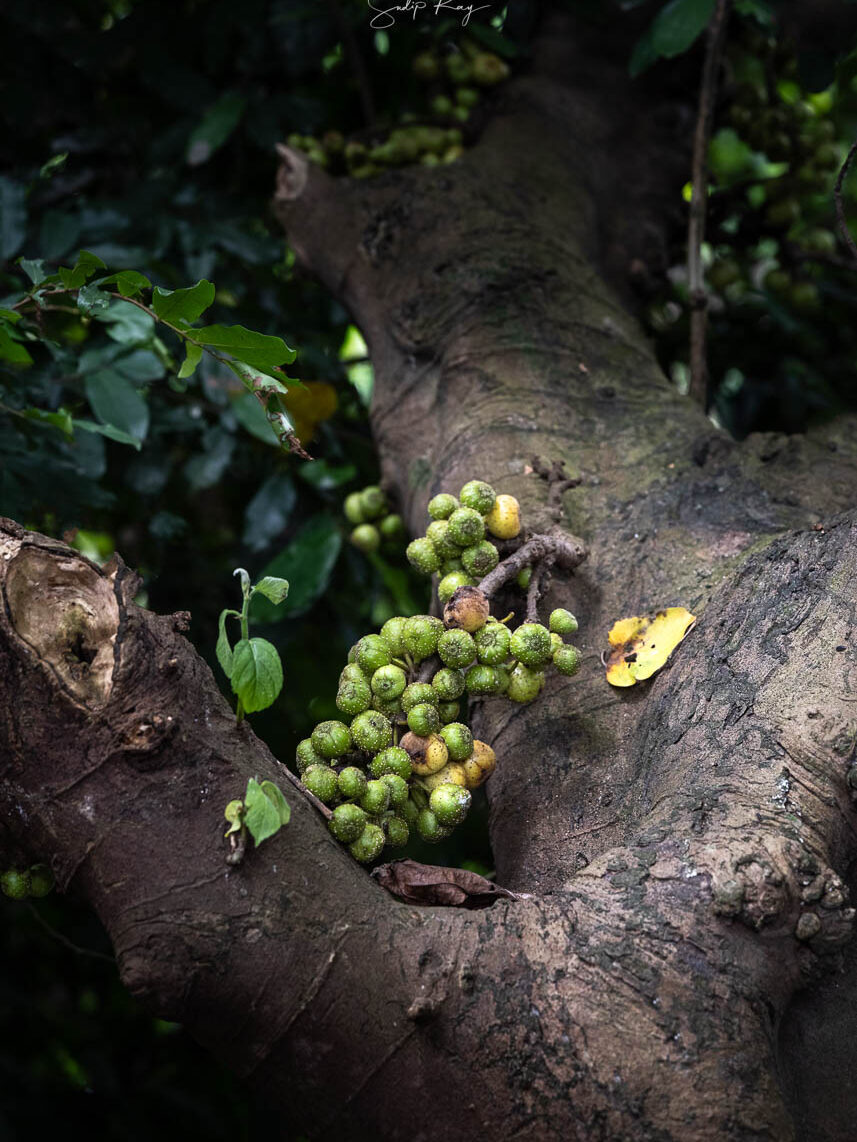
Kulik Bird Sanctuary as a Heronry:
Heronry refers to the breeding and nesting colony of Herons. Generally, a heronry constitutes a grove of trees. Heronries are limited to a few pockets throughout the world, among which Kulik Bird Sanctuary is of great importance. Every year, it provides sanctuary to countless Asian Open-Bill Storks for their nesting and breeding in the monsoon season.
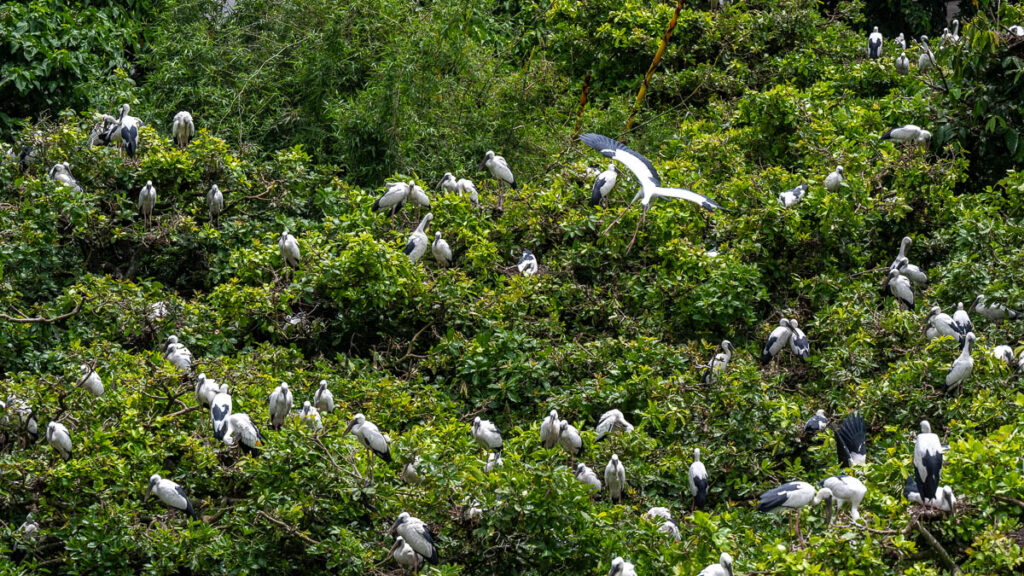
The Asian Open-Bill is a distinctive long-legged, wading bird belonging to the stork family. It is greyish in colour, with shiny black wings and pale pink legs. It possesses a strong beak, characterized by a gap between the two mandibles that explains its name. The gap of the mandibles is presumed to be an adaptation which helps them to prey on their favourite food, the Apple Snail. In Bengali, this bird is called ‘shamuk khol’ or snail eater as snail is their preferred food. Further, the Asian Open-Bill Storks are generally found in wetlands, marshy lowlands, and paddy fields, where snails exist abundantly.

The arrival of the Asian Open-Bill Storks is closely linked with the advent of monsoon. Year after year, these birds start flocking into the Kulik Bird Sanctuary from mid-June. Initially, they scan the area and select the tree for building nests. After the home is finalized and the partner is selected, the birds start making nests. Once the nests are completed, the birds mate and eventually, the females lay 3-5 eggs. During this time, the partners take turns in incubating the eggs. Soon, eggs are hatched. Generally, 2-3 chicks survive the trials of nature. Later around October, the parents train the babies to fly. After the chicks become more or less self-sufficient, the birds leave the Sanctuary in December-January.

As per the prevalent conservation status, the Asian Open-Bill Stork belongs to ‘Least Concern’ group. However, their nesting and breeding grounds are under threat owing to increasing environmental pollution and undue human interference. Hence, protecting their nesting areas is of utmost significance. In this regard, the Kulik Bird Sanctuary’s endeavour is truly laudable.
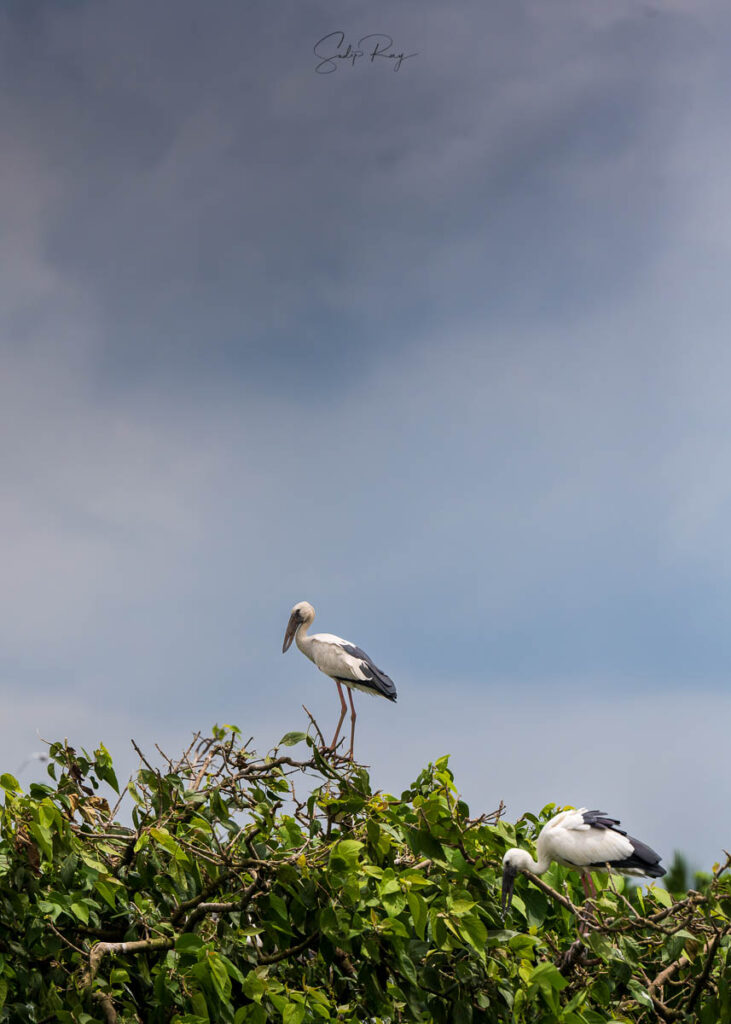
Things to do in the Kulik Bird Sanctuary:
This Sanctuary is perfect for a day’s trip to refresh your body and soul.
A. Climb one of the watchtowers such as Machranga Tower or Badur Tower for catching a glimpse of the numerous birds.
B. Take a close look at the homemaking and breeding of the Asian Open-Bill Storks from the top of the Nature Interpretation Point.
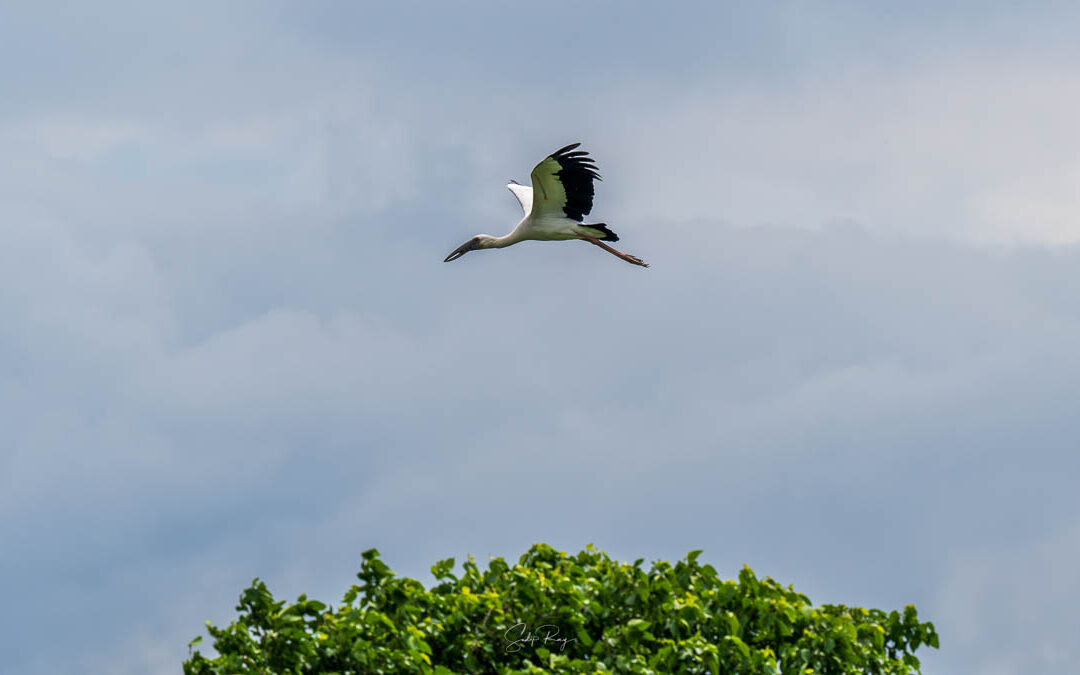
C. Check out the marvellous shots of birds found at Kulik inside the Nature Interpretation Point.
D. Visit the aquarium which houses local breeds of fishes such as Rohu, Koi, Bele, Foli, Tyangra etc.

E. Say hello to the chirpy, colourful birds at the aviary. The aviary has Budgerigar, Quail, Cockatiel, and Java Sparrows.

F. Take a walk along the well-laid paths amidst the forest. While walking, you will notice different types of insects and butterflies.
G. Sit and relax by the canal, where innumerable birds flock for food.
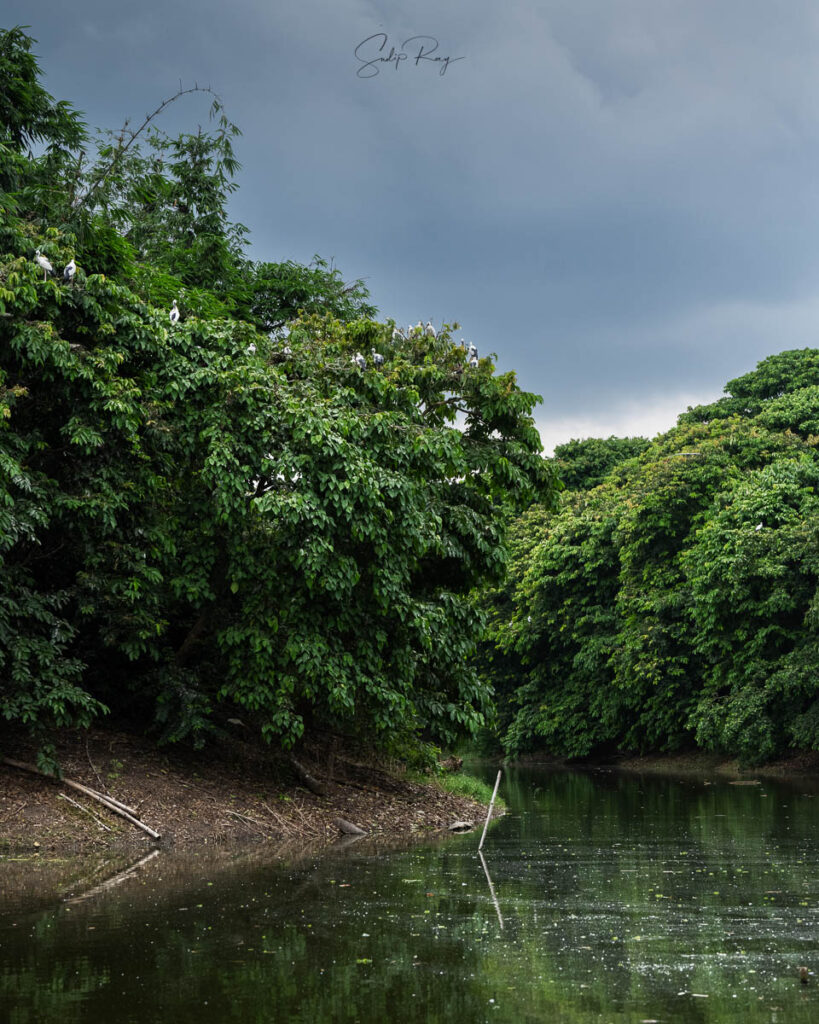
Important FAQs:
A. How can I reach Kulik Bird Sanctuary:
By train: Only two trains travel from Kolkata to Raiganj. One is 13053 Kulik Express which departs from Howrah station at 8-55 AM, and the other is 13145 Radhikapur Express which leaves Kolkata station 7-30 PM. Both trains run daily.
By bus: Daily NBSTC buses ply from Kolkata to Raiganj via Malda. However, the buses are mostly spartan and a few stretches of the road is bumpy. Hence, it is wise to avoid journey by bus.
By flight: The nearest airport is Bagdogra in Siliguri, which is well-connected with Kolkata. From there, you can either take the 07508 Siliguri – Radhikapur DEMU Special train, or hire a cab to reach Raiganj.
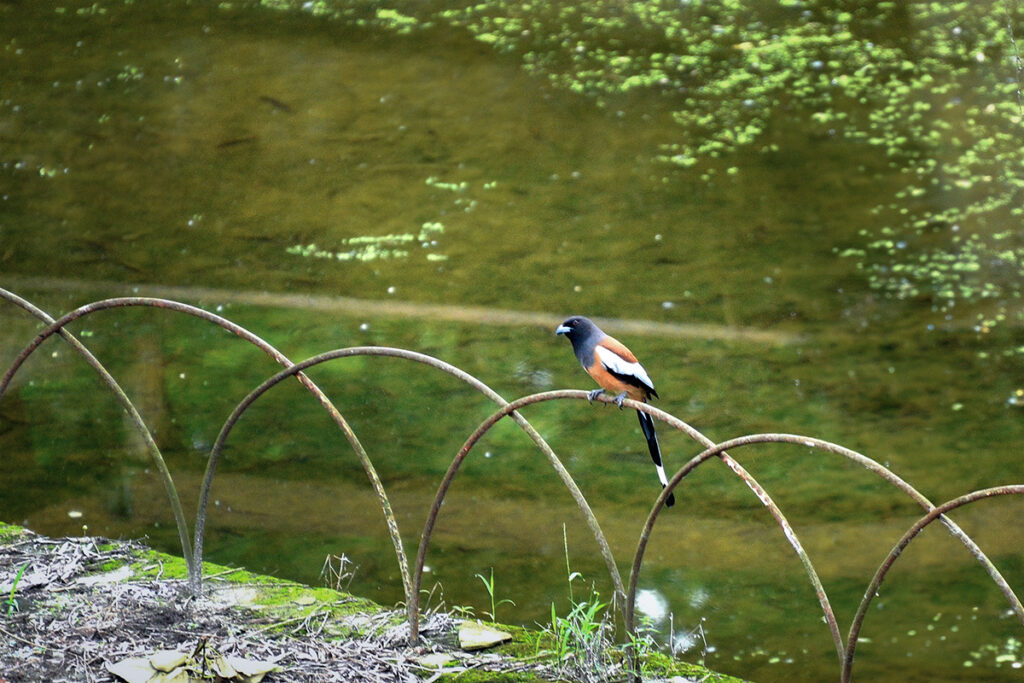
B. Where can I stay in Raiganj:
The best option for accommodation in Raiganj is the WBTDCL’s Dinantey Tourist Lodge. The lodge lies a stone’s throw away from the Bird Sanctuary. Here room tariffs range from INR 1200 to INR 1400. You can book rooms online from WBTDCL’s official website.
C. What is the best time for visiting Kulik:
Though you can visit the Bird Sanctuary around the year, the best time is certainly the monsoons (July – August) when the Asian Open-Bill Storks throng here for nesting.

D. What is the opening time of the Bird Sanctuary:
The Kulik Bird Sanctuary remains open from 10 AM to 5 PM.
E. Does the Bird Sanctuary remain open every day:
No, the Sanctuary remains closed on Mondays.
F. What is the entrance fee for Kulik:
The entry fee is INR 40. No charges are imposed for photography or videography.

G. What to carry inside the Sanctuary:
The Kulik Bird Sanctuary is a plastic-free zone. Hence refrain from carrying anything plastic, such as packaged mineral water.
Avoid carrying foods inside. Also, avoid feeding the birds biscuits and the like.
Wear a comfortable dress and shoes as lots of walking is required.
Wear clothes which fully cover your hands and legs to protect you from mosquitos and insects. The forest is full of vicious mosquitos and we were virtually trampled by them.
For more off-beat places in West Bengal like Kulik Bird Sanctuary, check out our other blogs here.
Also if you are in the mood for more offbeat adventures visit https://www.radventure.in/, an excellent travelogue by our dear friends Amitava and Runa Dutta.




As always .. it is such a pleasure to red your post. It took me on a nostalgic trip. Thank you for including some of my photographs. Sincerely appreciate.
Thank you so much Amitava da 🙂